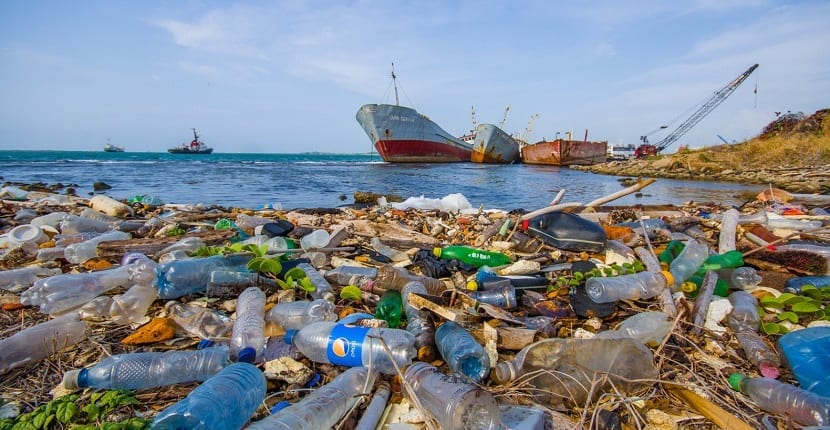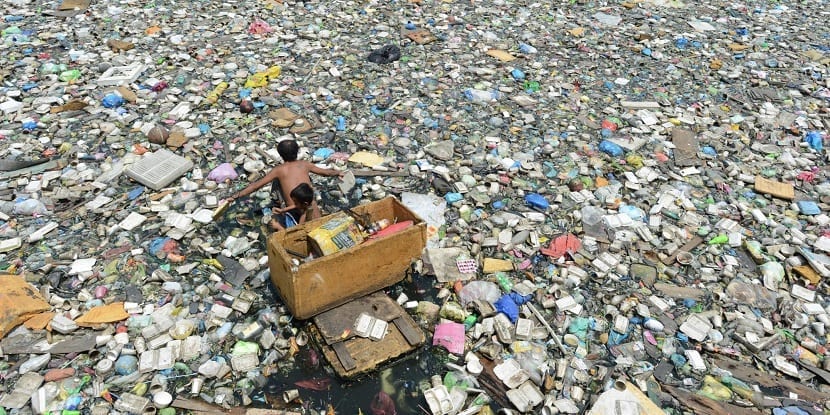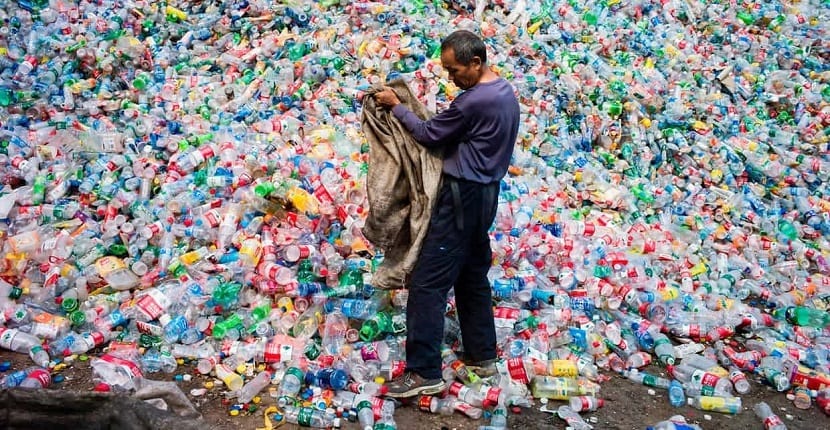
Some years ago and completely accidentally, a group of scientists, while investigating the composition of the soil of an old Japanese recycling plant, discovered, completely by surprise, that, after all these residues had been for so many years in the soil of it , nature had created a kind of bacteria that feed on plastic.
This story came to light at the end of 2016, a moment where everyone was quite happy because, as we said, completely accidentally we had discovered what could be a solution to one of the most serious problems facing human beings as is the pollution and recycling of plastics. As you can see, the solution, again, was given to us by nature in the form of a bacterium that had mutated to feed on the plastic that dominated its habitat.

Many hours have been dedicated to researching this bacterium, a project that is advancing to offer a much brighter and more effective solution.
How could it be otherwise, many were the scientists who were interested in this new species of bacteria and, after all this time, it seems that it has been a team of the Portsmouth University in the UK led by the biologist John mcgeehan the one that has had the best results, as much as to manage to develop an enzyme, according to those responsible for the project in a completely accidental way, which is capable of decomposing the plastic in a much faster way.
Without a doubt, as the scientists themselves have explained, we are facing a possible vital solution to the colossal problem related to plastics that all human beings have today. In the words of the biologist himself and director of this project John mcgeehan:
Chance often plays an important role in fundamental scientific research, and our discovery here is no exception. This unforeseen discovery suggests that there is room to further improve these enzymes, moving us closer to a recycling solution for the ever-growing mountain of discarded plastics.

The team of researchers has managed to develop an even more powerful and efficient enzyme
Going a little deeper into the research that has been carried out by John McGeehan's team, apparently and while investigating the internal structure of Ideonella sakaiensis, this is how at the time the Japanese microbe capable of feeding on plastic was baptized, they discovered completely accidentally and by surprise the mutant structure that allowed it to break down PET plastics, also known as polyethylene terephthalate plastics.
The problem with this little microbe is that, although it could eat plastic, the truth is that it doesn't do it too quickly, something that is a problem, especially if we want to use them to eliminate the great plastic pollution that the Earth has. At this point, mention that we are talking about a microbe that should be responsible for eating no less than billions of tons of waste that today accumulates in landfills and that, finally, end up being dumped into the oceans.
Thanks to the fact that scientists have managed to discover and isolate the mutant structure of the Japanese microbe, it has been possible to create an enzyme, baptized as PETase, which allows it to be much more efficient in breaking down plastic. To examine PETase's efficiency at the molecular level, the researchers in charge of the project decided to use X-rays to generate an ultra-high-resolution three-dimensional model. With this model in your hands, they managed to discover how PETase can take up and degrade plastic and, what is better, how to improve this mechanism. Attending to the words of one's own John mcgeehan:
After just 96 hours, it can be clearly seen through the electron microscope that PET is degrading PET, and this test is using real-life examples of what is found in the oceans and landfills.
Being able to see the inner workings of this biological catalyst provided us with the blueprints for designing a faster and more efficient enzyme.
Surprisingly, we found that the mutant PETase outperforms the natural microbe in degrading PET. Understanding how PET binds at the catalytic site of PETase using computational tools helped elucidate the reasons for this better performance. Given these results, it is clear that there is still significant potential to further improve your business.